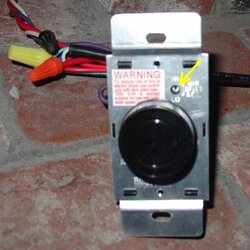I have a PE Pacific that was purchased in 2005. The blower is fairly quiet but certainly audible. However, I do not use the fan.
My insert is in the basement internal masonry fireplace (bungalow house). When I first purchased the insert, I experimented with the fan on vs. off. I discovered that when the fan was on, the upstairs (ground floor) was cooler, since the fan was cooling the masonry of the chimney. Meanwhile the basement was very hot. When the fan is not used, the masonry in the ground floor radiates the heat, and distributing the heat more effectively to the ground floor.
You can run this insert safely without using the fan. Try experimenting and see if you get the same heat with the fan off. If so, your noise problem is easily solved.
My insert is in the basement internal masonry fireplace (bungalow house). When I first purchased the insert, I experimented with the fan on vs. off. I discovered that when the fan was on, the upstairs (ground floor) was cooler, since the fan was cooling the masonry of the chimney. Meanwhile the basement was very hot. When the fan is not used, the masonry in the ground floor radiates the heat, and distributing the heat more effectively to the ground floor.
You can run this insert safely without using the fan. Try experimenting and see if you get the same heat with the fan off. If so, your noise problem is easily solved.



